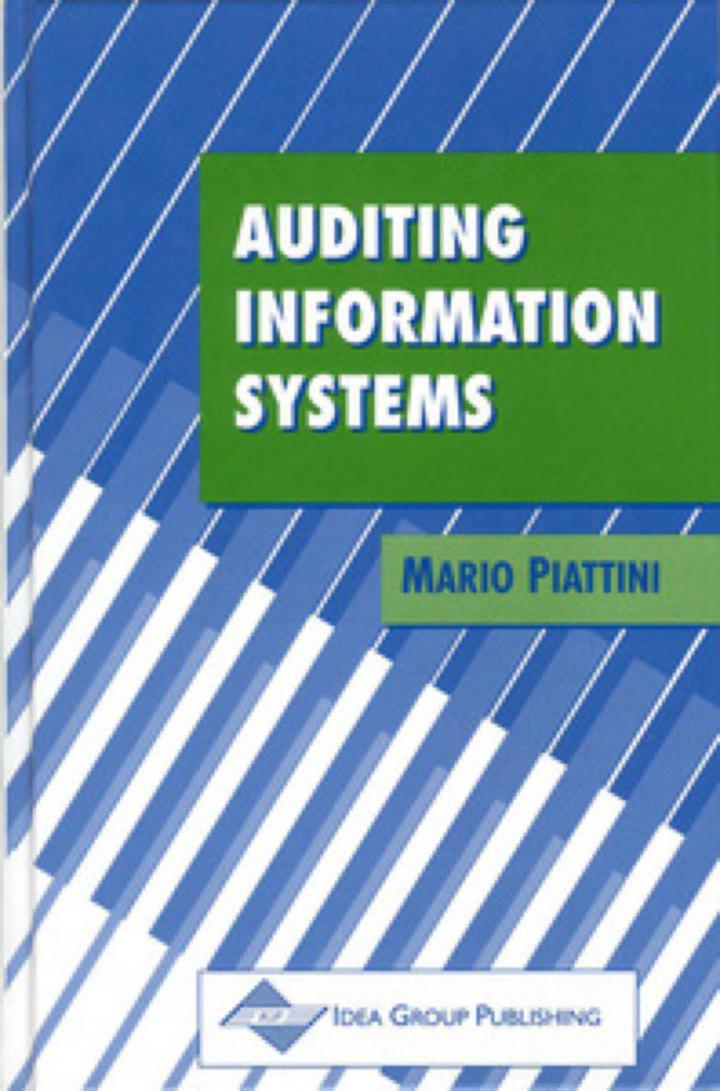Question
Solve the problem given on p.36 of C. Tapieros book. The Corporate Financial Officer Vice of HardKoor Co. has the problem of raising some additional
- Solve the problem given on p.36 of C. Tapieros book.
The Corporate Financial Officer Vice of HardKoor Co. has the problem of raising some additional capital. To do so, it is possible to sell 10 000 convertible bonds. A preliminary survey of the capital market indicates that they could be sold at the present time for $100 per bond. However, the company is currently engaged in a union contract dispute and there is a possibility of a strike. If the strike were to take place, the selling price of the bonds would be decreased by 20 %. There is also a possibility of winning a large, exclusive contract which, if obtained, would mean the bonds could be sold for 30 % more. The VP Finance would like to raise the maximum amount of capital, and so must decide whether to offer the bonds now or wait for the situation to become clearer.
(a) What are the alternatives?
(b) What are the sources and the types of uncertainty?
(c) What action should be taken if an EMV criterion is used? if a minimax criterion is taken? if a maximin criterion is taken? if a regret criterion is taken?
(d) If the probability of a strike is felt to be 0.4, while the probability of the contract being awarded is 0.8, what action is best if the EMV criterion is applied (note that it is necessary to calculate the proceeds for the various outcomes), and if the expected opportunity loss (EOL) criterion is used?
(e) Give one example of how the principle of bounded rationality was apparently used in formulating the problem?
- Solve the problem given on p.36 of C. Tapieros book.
The Corporate Financial Officer Vice of HardKoor Co. has the problem of raising some additional capital. To do so, it is possible to sell 10 000 convertible bonds. A preliminary survey of the capital market indicates that they could be sold at the present time for $100 per bond. However, the company is currently engaged in a union contract dispute and there is a possibility of a strike. If the strike were to take place, the selling price of the bonds would be decreased by 20 %. There is also a possibility of winning a large, exclusive contract which, if obtained, would mean the bonds could be sold for 30 % more. The VP Finance would like to raise the maximum amount of capital, and so must decide whether to offer the bonds now or wait for the situation to become clearer.
(a) What are the alternatives?
(b) What are the sources and the types of uncertainty?
(c) What action should be taken if an EMV criterion is used? if a minimax criterion is taken? if a maximin criterion is taken? if a regret criterion is taken?
(d) If the probability of a strike is felt to be 0.4, while the probability of the contract being awarded is 0.8, what action is best if the EMV criterion is applied (note that it is necessary to calculate the proceeds for the various outcomes), and if the expected opportunity loss (EOL) criterion is used?
(e) Give one example of how the principle of bounded rationality was apparently used in formulating the problem?
Step by Step Solution
There are 3 Steps involved in it
Step: 1

Get Instant Access to Expert-Tailored Solutions
See step-by-step solutions with expert insights and AI powered tools for academic success
Step: 2

Step: 3

Ace Your Homework with AI
Get the answers you need in no time with our AI-driven, step-by-step assistance
Get Started


